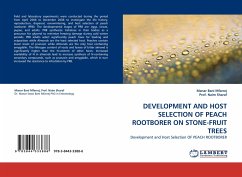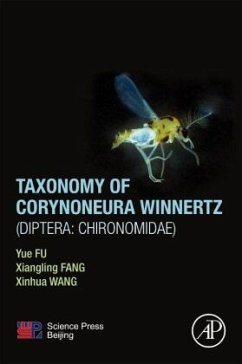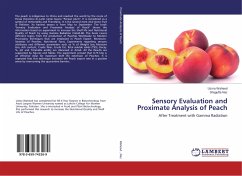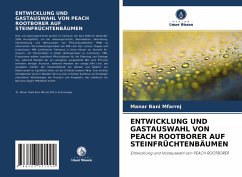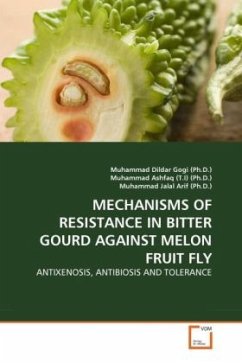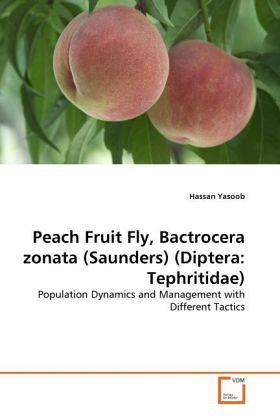
Peach Fruit Fly, Bactrocera zonata (Saunders) (Diptera: Tephritidae)
Population Dynamics and Management with Different Tactics
Versandkostenfrei!
Versandfertig in 6-10 Tagen
32,99 €
inkl. MwSt.

PAYBACK Punkte
16 °P sammeln!
Fruit flies (Diptera: Tephritidae) rank amongst the most destructive pests of horticultural crops and are well established through out the world including Pakistan. They cause direct losses to fruits and vegetables in tropical, subtropical and temperate regions of the world and indirect losses by enhancing expenses on chemicals which ultimately reduce the market value of the product. Peach (Prunus persica L.), a self-pollinated crop, is a member of the family Rosaceae and ranks as the third most agronomically important plant family in temperate regions of the world. Peach fruit fly (Bactrocera...
Fruit flies (Diptera: Tephritidae) rank amongst the most destructive pests of horticultural crops and are well established through out the world including Pakistan. They cause direct losses to fruits and vegetables in tropical, subtropical and temperate regions of the world and indirect losses by enhancing expenses on chemicals which ultimately reduce the market value of the product. Peach (Prunus persica L.), a self-pollinated crop, is a member of the family Rosaceae and ranks as the third most agronomically important plant family in temperate regions of the world. Peach fruit fly (Bactrocera zonata) (Saunders) (Diptera: Tephritidae), is the most severe pest of P. persica in India and Pakistan, resulting in significant decrease in its yield. This book focuses on the population dynamics and different management tactics for peach fruit fly.



![MELON FLY, Bactrocera cucurbitae (Coquillett) [DIPTERA : TEPHRITIDAE] Cover MELON FLY, Bactrocera cucurbitae (Coquillett) [DIPTERA : TEPHRITIDAE]](https://bilder.buecher.de/produkte/32/32586/32586615n.jpg)
